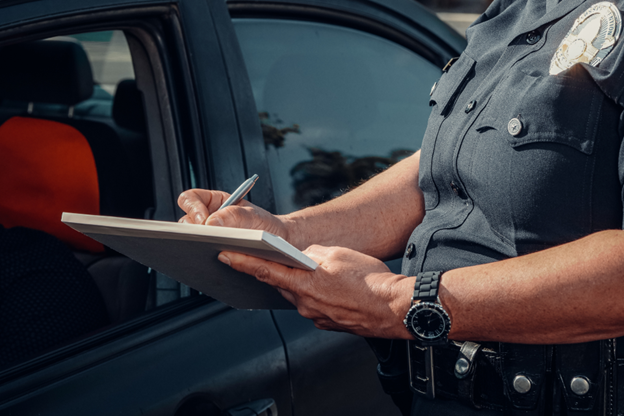Voice-to-Text: A Safer, Faster Alternative for Field Reporting
Introduction
In today’s law enforcement landscape, timely, accurate documentation is essential—not only for case integrity but also for departmental accountability, transparency, and compliance. However, the traditional method of typing reports can impede officer productivity and, more critically, pose safety risks when officers are forced to divide their attention between a screen and their surroundings.
The Burden of Typing in the Field
Officers often find themselves typing reports on laptops in patrol vehicles or back at the station, taking valuable time away from patrol and community engagement. According to a study by the National Institute of Justice (NIJ), law enforcement officers spend up to 3 hours per shift completing paperwork (NIJ, 2012). This documentation burden can delay response times and decrease field presence.
Safety Risks of Typing
Typing reports in the field—especially in a vehicle or during patrol—can compromise officer situational awareness. The International Association of Chiefs of Police (IACP) emphasizes that distracted operations are a top concern for officer safety, particularly when using in-vehicle computers (IACP, 2019). Voice-to-text tools allow officers to stay visually and manually engaged with their environment while documenting vital information.
Efficiency Benefits of Dictation
Voice-to-text reporting can dramatically reduce the time spent on documentation. Officers can dictate narratives in real-time, often completing reports in a fraction of the time it takes to type. This allows them to return to patrol duties faster and increase operational efficiency. According to a Police1 survey, 82% of departments using voice dictation reported improved report turnaround times (Police1, 2020).
Modern Tools, No New Software
Solutions like SpeakWrite integrate with existing workflows and require no additional software or full-time staff to implement. Officers can dictate using smartphones, tablets, or existing in-vehicle devices, and receive professionally transcribed reports quickly—ready for approval and submission.
Conclusion
Voice-to-text is more than a convenience—it’s a tool that improves officer safety, enhances efficiency, and supports more accurate reporting. By reducing time spent typing and minimizing distractions in the field, law enforcement agencies can empower their officers to focus on what matters most: serving and protecting their communities.
Citations
- National Institute of Justice. (2012). Police Use of Force, TASERs and Other Less-Lethal Weapons.
- International Association of Chiefs of Police (IACP). (2019). Officer Safety & Wellness.
- Police1. (2020). State of the Industry Survey: How Technology is Transforming Law Enforcement.

